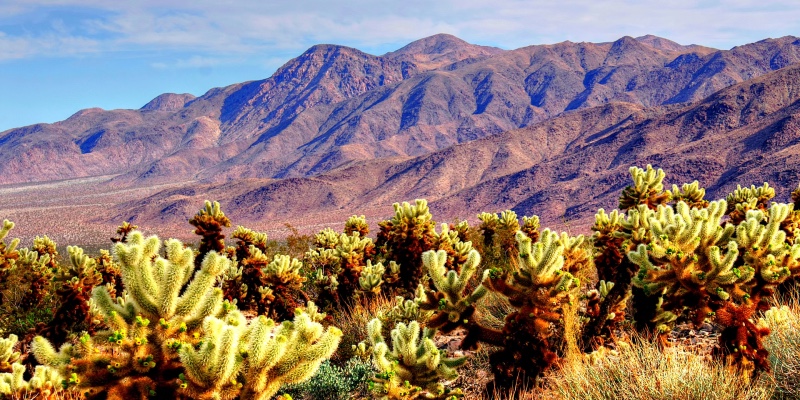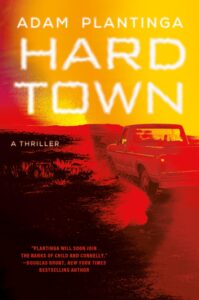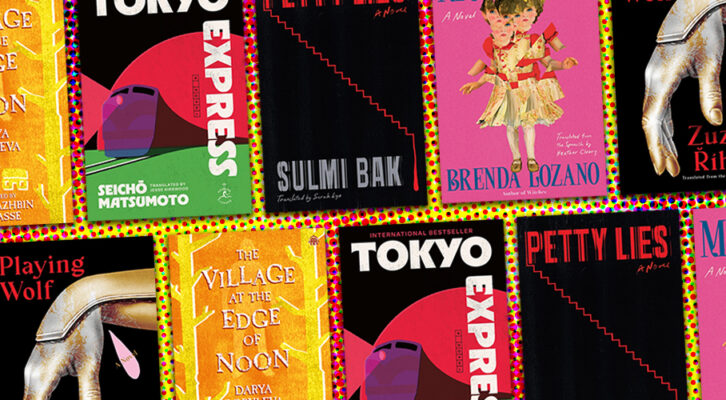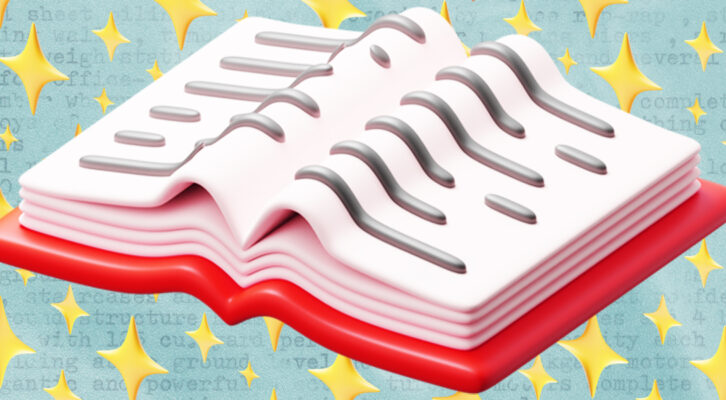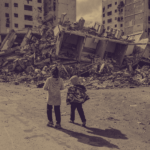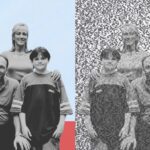There’s a passage from Robb White’s novel Death Watch that has been burned in my memory since I read the book as a boy. It describes the fate of a family whose car breaks down in the desert. They go looking for help, “leaving five or six gallons of dirty but drinkable water in the radiator. They had walked away from the shade it could have given them, walked away from the evidence of trouble the search party would look for. And they had walked away in the daylight, in the sunlight, in the killing heat.”
When the bodies of the family are found, “the mother had smeared lipstick on the faces of her children in a futile effort to keep the sun from burning the flesh off them.”
See why do those words still bounce around in my head decades later?
My fascination with the desert didn’t end with Death Watch. When I was young, I recall watching the quicksand scene in Lawrence of Arabia. Those sounds coming from the poor kid as he’s being sucked down the earth’s maw. At least the camel makes it out. The desert became one of the scariest places I could imagine. And one of the most beautiful. Bathed in red hues, the hard clean look of it, rock and sand in a pressing quiet.
As I got older, I devoured Holes by Louis Sachar, another desert tale, with its vivid description of thirst. The novels of Tony Hillerman. The film U Turn with Sean Penn and a devilishly desert noir ending. I found myself fascinated not just by the desert’s physical setting itself, but how it brought out the best in people. And the hopeless worst.
Death Watch was written in 1972. It’s 2025 and things are different now. Stranded motorists have cell phones to call for help and radiators hold undrinkable antifreeze, not water, but one thing is the same: the Gobi and the Sahara, the Sonoran and the Mojave, none of them care about you. If you fail to pay it the proper amount of respect, the desert will end you.
Despite my fascination with arid lands, I’ve always been a city guy with concrete under my feet. When I began writing fiction, my work reflected that. My debut novel, The Ascent, takes place largely within the confines of a violent maximum-security prison. There’s not a saguaro in sight.
But with my second novel, Hard Town, I wanted to switch it up a bit. So I took things outdoors, and revisited the desert scenes of my memories. As the book begins, Hard Town’s protagonist, Kurt Argento, a former Detroit SWAT cop, is housesitting for a friend in a small town in Arizona. In the passage below, Argento, a city guy, like me, is on his porch with his dog Hudson ruminating on the dry crimson world around him:
Argento went back inside for a beer and when he returned to the porch, Hudson’s head shot up. He sensed something nearby to track. A lizard or rabbit. There were plenty of critters around to occupy him. Argento hadn’t spent much time in the desert, but he was already impressed by the number of things that could hurt or kill you. Heat, rattlers, spiny plants, probably the ghost of Geronimo.
As the novel progresses, Argento finds himself stranded in the Sonoran and has to will his way out. I wanted to make this survival passage ring true, so I sought help, enlisting the aid of a desert survival expert, a burn doctor, and the Pima County Medical Examiner. They were all generous with their time and helped me craft a tale that I hope pays fitting tribute to all those stories that came before.
Now that Hard Town is complete, I’ll have to look elsewhere for my desert fix. So if anyone needs me, I’ll be kicking back to watch the steely and alluring Matilda Lutz in the desert survival film Revenge, a copy of No Country for Old Men resting on my chest.
***

